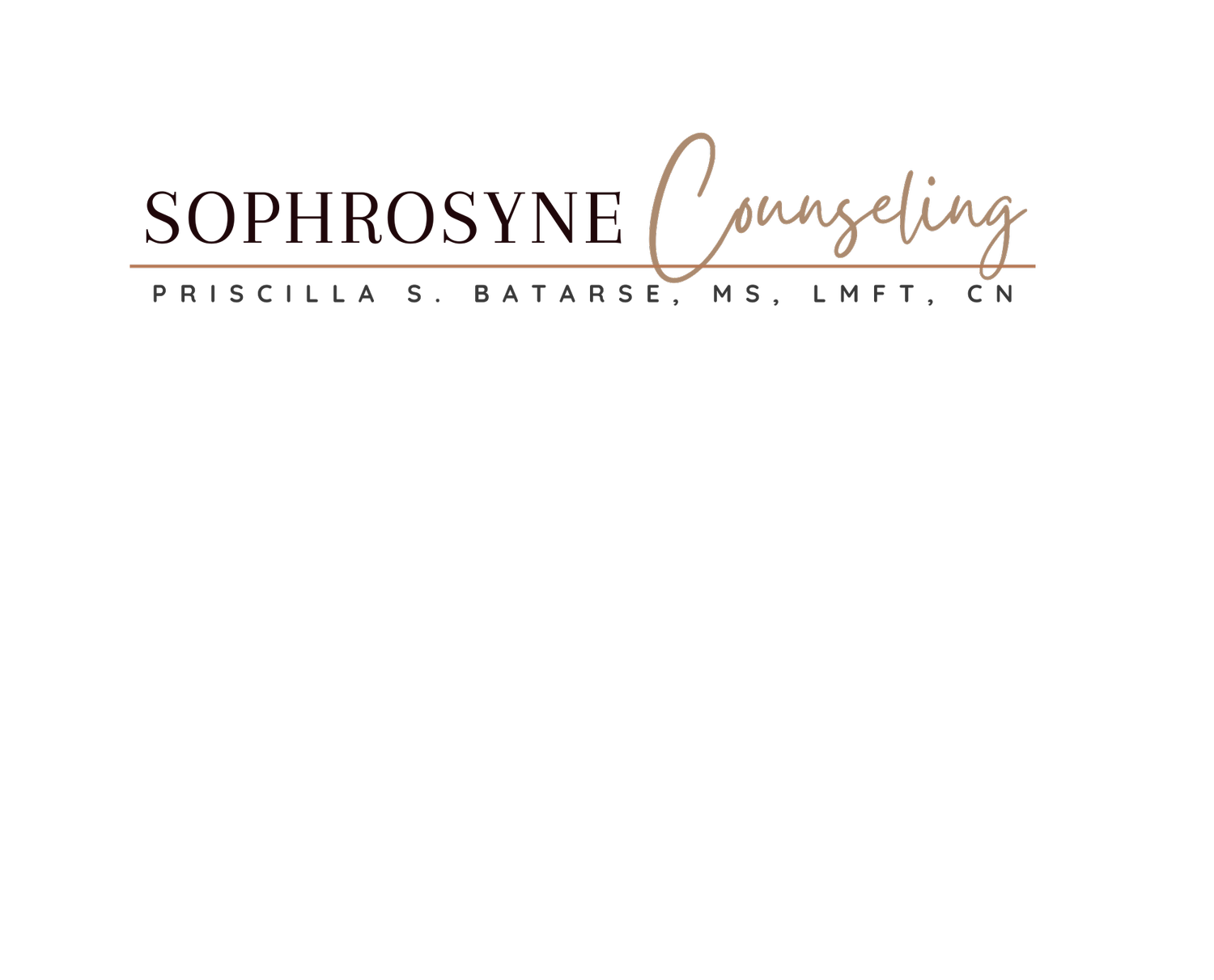The Healing Power of Imagination: Harnessing the Mind-Body Connection for Well-being and Recovery
Imagination can have a powerful impact on the brain and its healing processes. While it's important to note that imagination alone may not cure physical ailments, it can play a significant role in promoting mental well-being and aiding in the recovery process. While it does not claim to cure physical ailments alone, imagination plays a crucial role in promoting mental well-being and aiding in the recovery process. The power of imagination is explored in various aspects:
Stress Reduction: Engaging in imaginative activities like visualization and guided imagery can reduce stress and anxiety by activating relaxation responses in the brain.
Pain Management: Imagining the reduction of pain or envisioning a healing process can activate neural pathways that modulate pain perception, potentially alleviating pain sensations.
Neuroplasticity: Imagination exercises stimulate neural pathways, creating new connections and strengthening existing ones, enhancing cognitive function, memory, and learning.
Emotional Regulation: Imagination serves as a tool for emotional regulation, allowing individuals to explore perspectives, process emotions, and gain a sense of control over their experiences.
Motivation and Goal Setting: Vividly envisioning desired outcomes stimulates the brain's reward system, increasing motivation, focus, determination, and perseverance.
Creative Problem-Solving: Imagination fuels creativity, enabling unconventional thinking and innovative problem-solving in therapeutic settings and challenging situations.
The healing power of imagination should be seen as a complement to traditional therapies and a contributor to overall well-being rather than a substitute for medical treatment.
REFERENCES:
Taylor, R. P., Micolich, A. P., & Jonas, D. (2016). Fractal fluency: An intimate relationship between imagery and fractals. Frontiers in Psychology, 7, 1647. doi: 10.3389/fpsyg.2016.01647
Kosslyn, S. M., Thompson, W. L., Kim, I. J., & Alpert, N. M. (1995). Topographical representations of mental images in primary visual cortex. Nature, 378(6556), 496-498. doi: 10.1038/378496a0
Holmes, E. A., Mathews, A., Mackintosh, B., & Dalgleish, T. (2008). The causal effect of mental imagery on emotion assessed using picture-word cues. Emotion, 8(3), 395-409. doi: 10.1037/1528-3542.8.3.395
Nazari, M. A., Mosanezhad, E., Hashemi, T., & Javaherian, D. (2019). The effect of guided imagery on stress, anxiety, and depression in hemodialysis patients: A systematic review and meta-analysis. Complementary Therapies in Medicine, 47, 102214. doi: 10.1016/j.ctim.2019.102214

